I met Yuko-san for the first time, but we were on a first-name basis right away. I think this would have been the case if we had met under water.
Marine mammals would understand this feeling of familiarity too. It’s true, however, that creatures other than us humans are endangering our sphere of life and confining us to smaller and smaller habitats.
No to confinement! Freedom to creatures living under water! I was no longer sure if I was human or orca, but this was what I felt from the bottom of my heart.
ーSeiko Ito
Seiko: So you study whales and dolphins—does that mean your field is the world?
Yuko: My base is in the research department in Tsukuba City, but sea creatures have no borders, so we necessarily work across national borders too. Just yesterday, for example, I was in South Korea for a symposium on finless porpoises [small dolphin-like creatures inhabiting the coastal areas of Asia].
Seiko: How did you come to work in the world of marine mammalogy?
Yuko: I originally enrolled in veterinary school, but then I happened to read a book on orcas. They’re also called killer whales in English, and they have the reputation of being the fearful gangs of the sea. But in fact, they’re just like us, protecting and raising their offspring as best as they can. Orcas live in family groups based on the maternal line of descent—grandmother, mother, elder sister, and younger brother—and the members of that family line communicate using similar calls known as dialects. All in all, they are mammals related to us humans, and to me, that was a shocking contrast to their fearful image. I flew straight to Vancouver and spent a fascinating time watching orcas in the wild.
Seiko: And you decided, this is it?
Yuko: I decided I wanted to work with these type of animals, so I tried to study veterinary pathology at the postgraduate level.
Seiko: At the time, were there any researchers or labs specializing in marine mammals?
Yuko: No, none. It was a struggle even to search for materials for a research paper. That’s why I dropped out of the graduate school I had squeezed into at Tottori University.
Seiko: I see. After giving up once, how did you make your way back in?
Yuko: The National Museum of Nature and Science, where I work now, was hosting a symposium, and I went to see a researcher there, Dr. Tadasu K. Yamada [an authority on whales]. He was the one who recommended me to Tottori University. I apologized for giving up my research, and he invited me to drop in at the museum sometimes. So I started helping out and preparing specimens, and it hit me. Specimens! The perfect research materials were right there under my nose. Dr. Yamada specialized in comparative morphology, which didn’t involve the study of diseases, but I thought it wouldn’t hurt to start with the basics of form and structure. I re-enrolled in graduate school and spent most of my time at the museum. It was during this period that I started going out to sites of strandings.
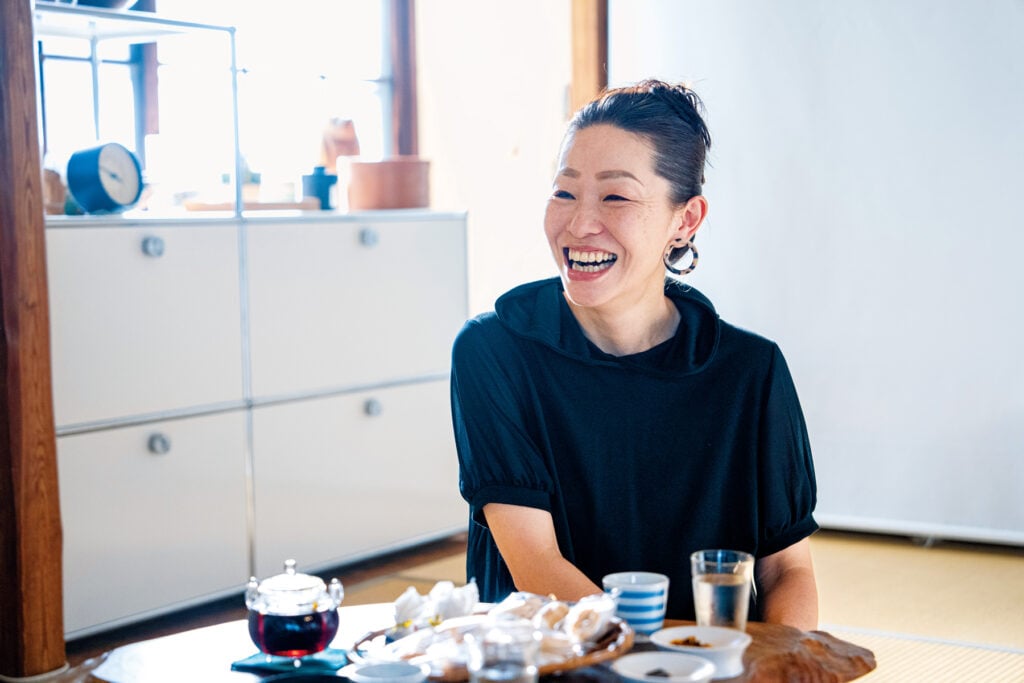
Seiko: When a call comes in saying a whale or dolphin is found stranded on the beach, I understand you rush right over.
Yuko: Well, I don’t have Doraemon’s Anywhere Door, so I rush over only when it’s possible. If a call comes in from Kagoshima, for example, the fastest I could arrive would be the evening of the next day.
Seiko: Is the evening of the next day too late? You sound like a detective rushing to a crime scene.
Yuko: I do take pictures onsite, and then check the animal’s internal organs, one by one. Just like a forensic autopsy, yes.
Seiko: What’s the most common cause of death?
Yuko: From my experience, 20 percent of deaths are from unknown causes. The remaining 80 percent are likely caused by becoming bycatch.
Seiko: Another question is, are the animals already dead when they get carried to the coast, or do they die because they became stranded?
Yuko: To investigate the cause of death, we need to first understand the animal’s normal health condition. A marine mammal that becomes stranded alive often can’t breathe or move properly because it can’t support its own weight. If a large wave comes, it could ride it back into deeper waters. But why doesn’t it recognize the danger earlier? There has to be a reason. In Japan, we aren’t equipped to perform dissections on freshly deceased whales over 18 meters in length. It would take too much time to coordinate a location and heavy equipment. By the time we start dissecting, the internal organs would have turned to mush, and that won’t provide us with any useful data.
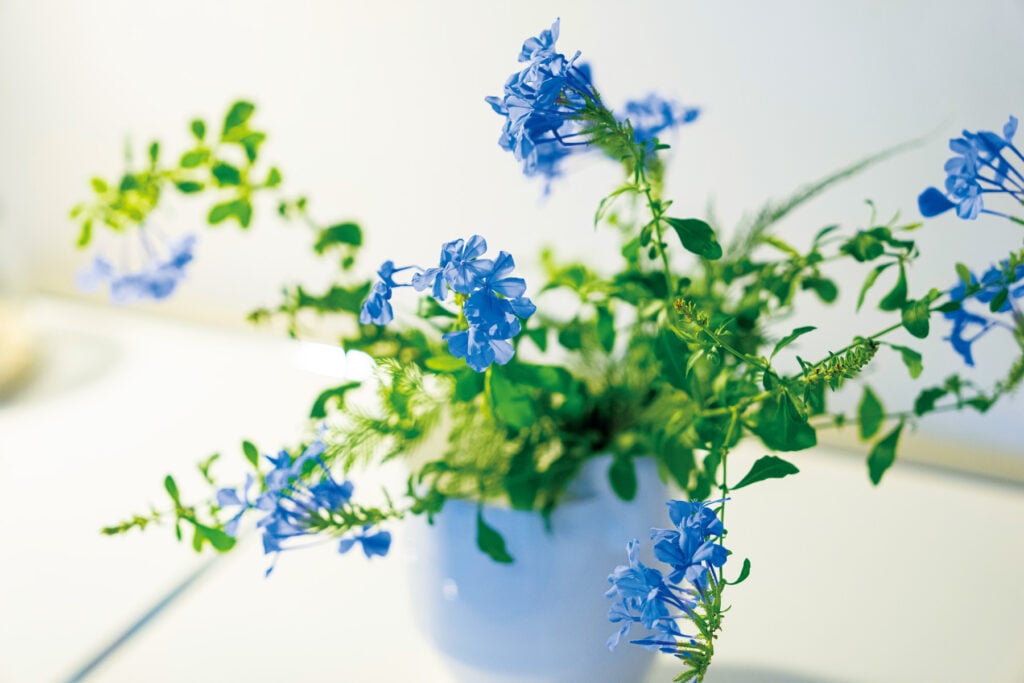
Seiko: Occasionally, there are news reports on whale strandings, but they don’t bother giving the cause. The story might trigger gossip about the arrival of an earthquake, and then soon it’s forgotten.
Yuko: Broadcasters abroad would follow the story and sometimes even develop it into a documentary program. But the Japanese media tends to treat the topic only very briefly.
Seiko: If the news would only say that the strandings might be caused by us humans, it might lead to calls and movements for marine mammal conservation.
Yuko: That’s the norm abroad. Western countries like the United States, Italy, and the United Kingdom have national programs in place. So do Taiwan and Thailand. But not Japan, not right now anyway. I want us to become a nation that treats whales and dolphins as fellow living creatures.
Seiko: Does Japan not care whether they live or die?
Yuko: Japan conducts studies to analyze resource quantities, which I doubt are concerned about the safety and welfare of the whales and dolphins. Japan even resumed commercial whaling in 2019, you know.
Seiko: So Japan’s awareness level is actually below the global average. Which country is a leader in marine mammal studies and conservation?
Yuko: The United States. The Marine Mammal Commission was established in 1972 directly under the president, meaning all it takes is a nod of the president’s head to deploy military helicopters and ships to carry out a survey. The commission has regional bases nationwide, and its activities are funded by donations.
Seiko: It seems to be a matter of social structure. Clearly, there’s a huge difference in the level of respect for mammals other than humans.
Yuko: The Americans must naturally understand that in order to sustain our human society, we need to start by conserving the other lives around us and their environment.
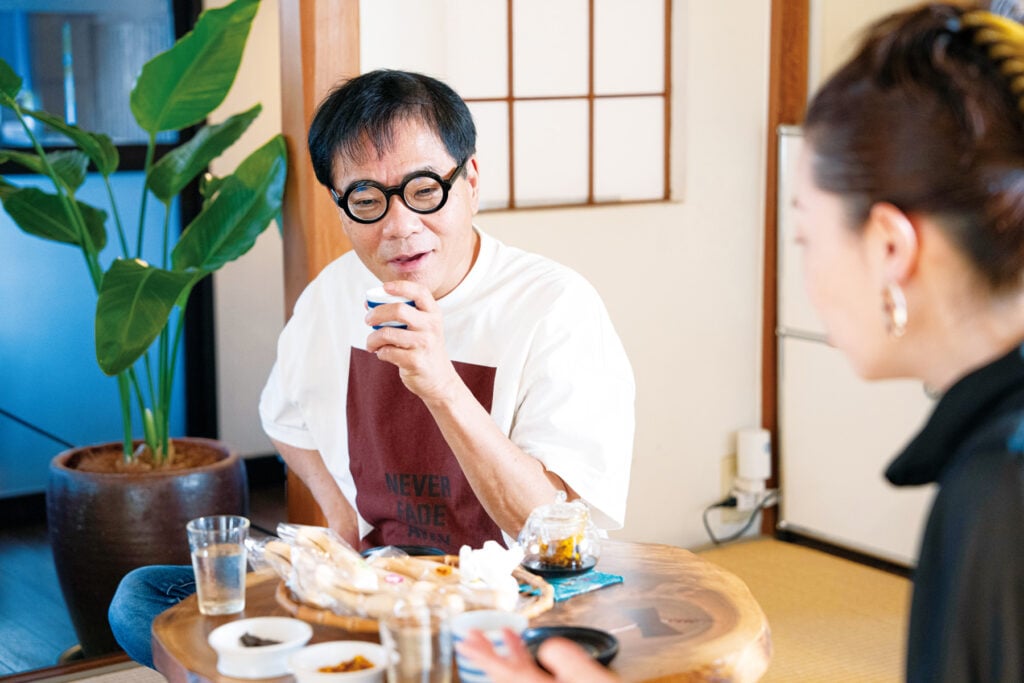
Seiko: And you? You share your sense of crisis too, don’t you?
Yuko: It’s my number-one priority to share information based on the facts that I’ve learned. In the special exhibition The Ocean—The Origin of Life, held at the National Museum of Nature and Science in Ueno until October, for example, I presented the perils of the marine environment based on scientific evidence, like water temperatures are too high, and oxygen levels are too low. Recently, I also found out that Japan’s sewage is too clean. Our poo and pee contains important nutrients for seawater, but owing to regulations on water quality reflecting problems of pollution in the past, our wastewater is overtreated, causing declines in catches of Japanese spiny lobster, abalone, and pearls. China continues to discharge untreated effluent even today, but the waters around its coasts are richer in organisms. Ironic, isn’t it?
Seiko: Come to think of it, when I go to the bathroom during a fishing trip out at sea, all kinds of marine animals are quick to clean it up. It’s a nice feeling—giving to the food cycle. I provide nutrients to enrich the sea, and eventually they’ll go around and enrich the forests too. Before people start wearing Sustainable Development Goals lapel pins, they should make sure their imagination extends to whales the relationship between poo and pearls.
Yuko: We humans are living creatures too, and in nature, our excrement is not dirty or impure, it’s nourishment for tomorrow! I wish our society will come to appreciate that.
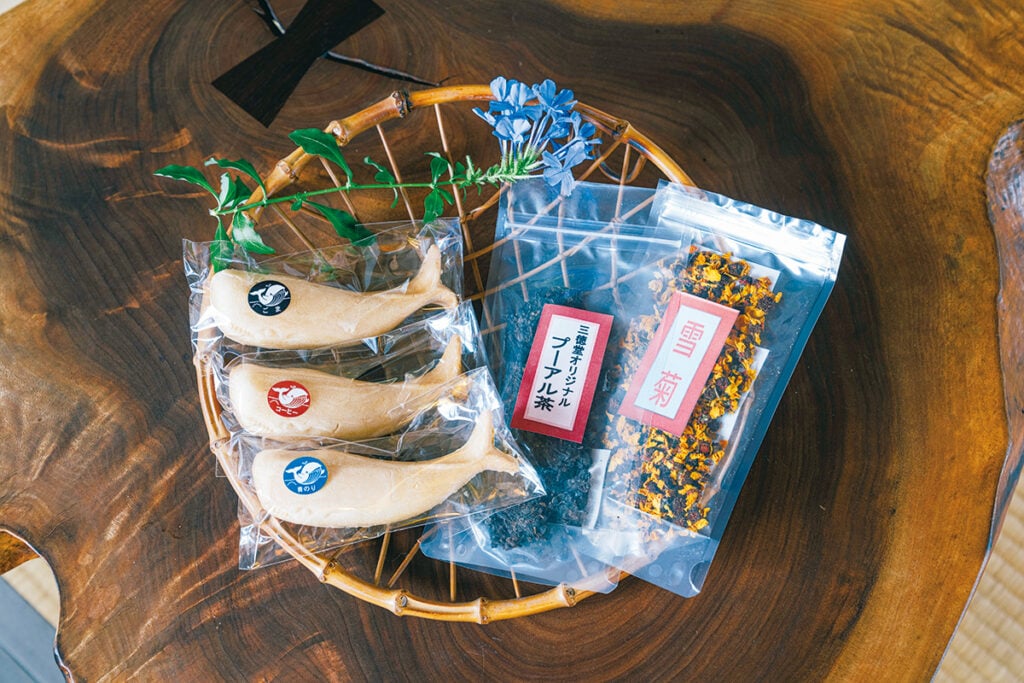
Japanese Fika Table
Tea | Pu’er tea by Santokudo
Santokudo is a shop in Ginza specializing in pu’er tea. On this day, we enjoyed a refreshing blend of tea leaves from the Yunnan province of China with Kunlun snow chrysanthemum—dried chrysanthemum flowers about 1 cm in diameter.
Sweet | Kujira monaka by Kujira Monaka Hompo
Monaka sweets are traditionally made of azuki bean paste sandwiched between thin crisp wafers. Kujira monaka are hand-made in the shape of whales swimming off the shore of Miyagi Prefecture. Available in eight fillings: seven standards—including unique flavors like Sendai miso, Aonori (green laver), and Wine—plus regional Zunda (edamame paste).
Flower | Seascape with morning-picked flowers
The Cape plumbago native to South Africa is a prolific bloomer that produces dainty blue-violet flowers. Here, it’s arranged with pteridophytes in a pure white vase suggesting tetrapods lining the shore.
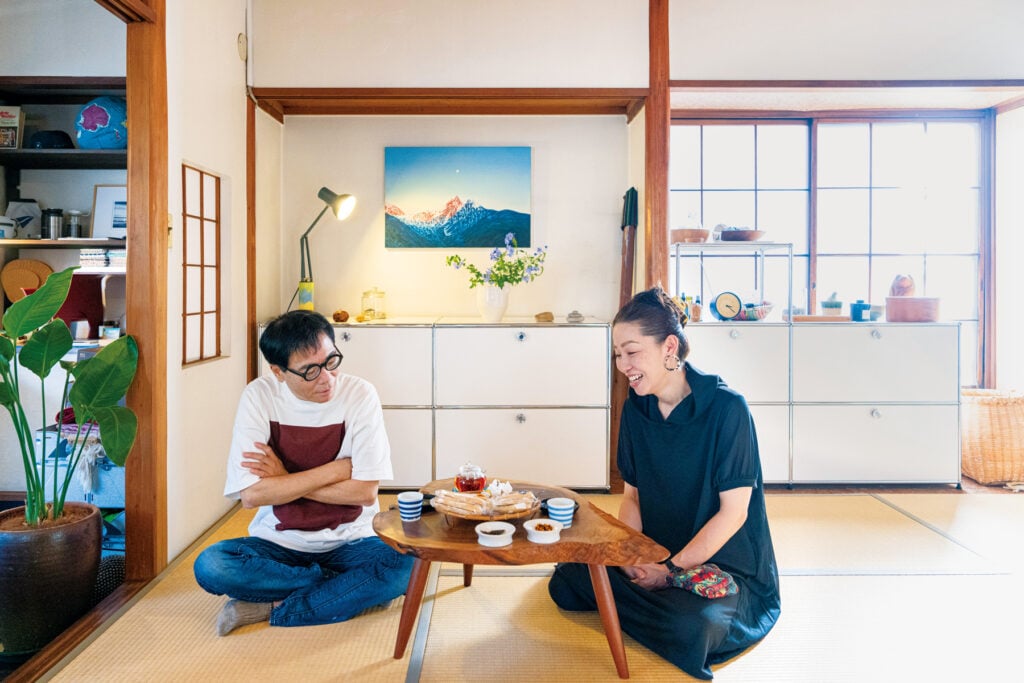
Yuko Tajima, Marine Mammalogist
Born 1971 in Tokyo, Yuko Tajima is the head researcher of the Division of Vertebrates, Department of Zoology, National Museum of Nature and Science. She works to dissect stranded marine mammals and collect specimens for the museum’s collection, while also lecturing and writing to communicate the present state of the marine environment. Publications include Kaiju-gakusha, kujira wo kaibo suru—Umi no honyurui no shitai ga oshiete kureru koto (I’m a Marine Mammalogist, and I Dissect Whales—What We Learn from Marine Mammals’ Carcasses) and Kujira no uta wo kike—Dobutsu ga seimei wo tsunagu kyoi no shikumi (Tune in to the Whale Song—The Wonders of Animal Procreation; both from Yama-Kei Publishers).
* The National Museum of Nature and Science, where Yuko Tajima works, is now showcasing the special exhibition Washoku: Nature and Culture in Japanese Cuisine, on until February 25, 2024. The special exhibition Mammals 3—The Parade of Life, supervised by Yuko and others, starts on March 16.
Seiko Ito
Born 1961 in Tokyo, Seiko Ito is an author and creator who works in a spectrum of expressive genres including literature, film, stage, music, and online platforms. His latest publications include Warera no Makino Tomitaro!(Our Beloved Tomitaro Makino!; Mainichi Shimbun Publishing) and Ima sugu shiritai Nihon no denryoku: Asu wa kocchi da (Electric Power in Japan: Quick Guide to Tomorrow; Tokyo Kirara).











